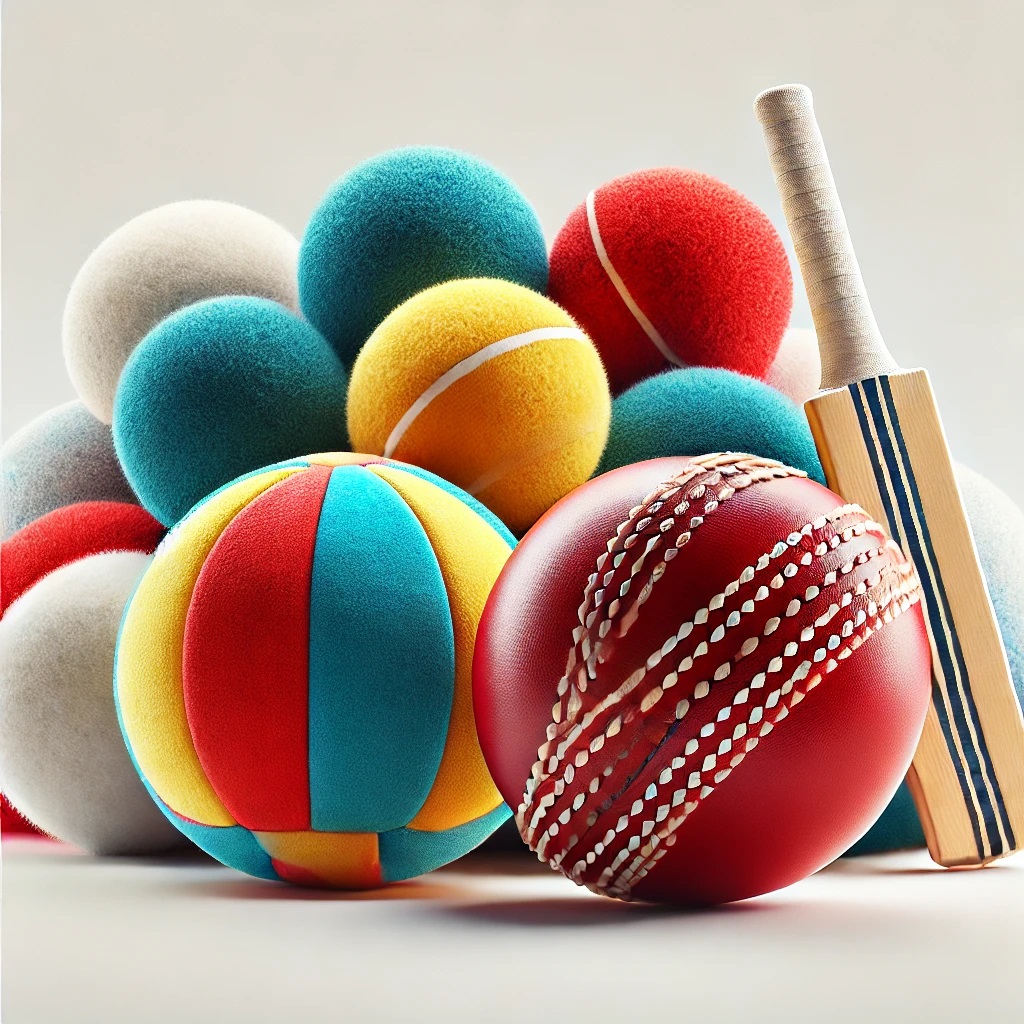
Trademark Registration of Soft Balls and Cricket Balls
Trademark Registration of Soft Balls and Cricket Balls in Class 28
Trademark Registration of Soft Balls and Cricket Balls
The Importance of Trademarks in the Sporting Goods Industry
Trademarks are vital for protecting brand identity in the competitive world of sporting goods. For products like soft balls and cricket balls, categorized under Class 28 of the NICE Classification, trademarks ensure exclusivity, foster trust, and help businesses build their reputation. In this blog, we will explore the detailed process of trademark registration, key considerations for naming, common industry challenges, and conflict resolution strategies.Complete Process of Trademark Registration for Soft Balls and Cricket Balls
Step 1: Conducting a Name Search on the Trademark Public Search Portal
1. Visit the [Trademark Public Search Portal](https://ipindiaonline.gov.in). 2. Use the “Wordmark” search feature to check for existing trademarks in Class 28. 3. Ensure the name is unique, not descriptive, and does not resemble existing marks. 4. Focus on avoiding phonetic similarities, which could lead to objections.Step 2: Finalizing a Distinctive Brand Name
A distinctive name must: - Reflect the essence of your product. - Avoid generic or industry-specific terms (e.g., "Soft Ball Co."). - Pass the originality and distinctiveness test on the public search portal.Step 3: Filing a Trademark Application
1. Log in to the Trademark Registry’s online portal. 2. Fill in Form TM-A for a new application. 3. Attach documents, including a detailed description of the mark, proof of business, and logo designs. 4. Pay the applicable fee for registration.Step 4: Examination by the Trademark Office
The application undergoes a review to identify conflicts or deficiencies. If objections arise, you must submit a written response or attend a hearing.Step 5: Publication in the Trademark Journal
If accepted, the trademark is published in the journal for public opposition. If no objections are raised within four months, the mark proceeds to registration.Step 6: Issuance of the Trademark Certificate
Once approved, the Registrar issues a trademark certificate, granting the exclusive right to use the mark.Challenges and Rising Conflicts in the Soft Balls and Cricket Balls Industry
Reasons for Challenges and Conflicts
1. **Overlapping Marks**: Common industry terms often result in disputes over ownership. 2. **Global Trade Expansion**: International trade creates conflicts over territorial rights. 3. **Counterfeiting and Imitation**: Unauthorized use of registered marks damages brand equity. 4. **Phonetic Similarities**: Marks that sound similar lead to confusion and objections. 5. **Evolving Product Categories**: New designs or hybrid products blur classification boundaries.10 Ways to Avoid Challenges and Conflicts in Class 28
1. Conduct Thorough Research: Use the public search portal to ensure your brand name is unique.
2. Choose Distinctive Names: Avoid generic terms and focus on originality.
3. Register Early: File for trademarks before launching products to establish priority.
4. Monitor Competitor Marks: Keep an eye on trademark applications in your industry.
5. File International Applications: Use the Madrid Protocol to secure rights in multiple countries.
6. Hire Legal Experts: Consult IP attorneys to navigate complex cases.
7. Trademark All Variants: Register logos, taglines, and product-specific designs.
8. Stay Updated on Laws: Be aware of changes in trademark regulations.
9. Use Registered Symbols: Include ® or ™ to deter misuse of your brand.
10. Resolve Disputes Amicably: Engage in mediation or settlement talks before opting for litigation.
Mitigating Rising Conflicts in the Soft Balls and Cricket Balls Industry
Effective Strategies for Conflict Resolution
1. **Educate Stakeholders**: Ensure manufacturers and distributors understand trademark laws. 2. **Collaborate with Industry Bodies**: Partner with associations to set clear standards. 3. **Invest in Technology**: Use AI-powered tools for trademark monitoring. 4. **Strengthen Contracts**: Include clauses to protect IP rights in vendor agreements. 5. **Promote Ethical Practices**: Advocate against counterfeiting through campaigns.Leveraging Arbitration and Mediation
Alternative dispute resolution methods are cost-effective and help preserve business relationships.Examples of Leading Brands and Registered Trademarks in Class 28
Top 10 Soft Ball Brands and Their Trademarks
1. **Wilson®** – A global leader in sports equipment. 2. **Rawlings®** – Known for innovative ball designs. 3. **Franklin Sports®** – High-quality training balls. 4. **Mizuno®** – Renowned for premium sports gear. 5. **Champro®** – Offers durable and affordable soft balls. 6. **Easton®** – Advanced technology in ball manufacturing. 7. **Diamond Sports®** – Specializes in fastpitch balls. 8. **Spalding®** – A trusted name for decades. 9. **DeMarini®** – Focused on high-performance balls. 10. **Adidas®** – A well-known brand with a wide range of sports products.Top 10 Cricket Ball Brands and Their Trademarks
1. **Kookaburra®** – A leading brand in cricket balls. 2. **SG (Sanspareils Greenlands)®** – Famous for high-quality cricket gear. 3. **Dukes®** – A historic name in cricket ball manufacturing. 4. **CA Sports®** – Popular among cricketers globally. 5. **Gray-Nicolls®** – Renowned for test-match cricket balls. 6. **Gunn & Moore®** – Traditional craftsmanship meets technology. 7. **Slazenger®** – Trusted for high-performance cricket equipment. 8. **MRF®** – Iconic in the Indian cricketing world. 9. **Puma®** – Stylish and durable cricket balls. 10. **New Balance®** – A growing player in cricket equipment.Conclusion
Securing a Trademark for Long-Term Success
Trademark registration is crucial for protecting intellectual property and ensuring long-term success in the soft balls and cricket balls industry. By conducting thorough research, avoiding conflicts, and adhering to legal guidelines, businesses can build a strong and trustworthy brand. Resolving disputes amicably and staying proactive in monitoring trademarks are essential strategies to thrive in this competitive market.With diligent effort and strategic planning, your brand can stand out and achieve recognition globally.
